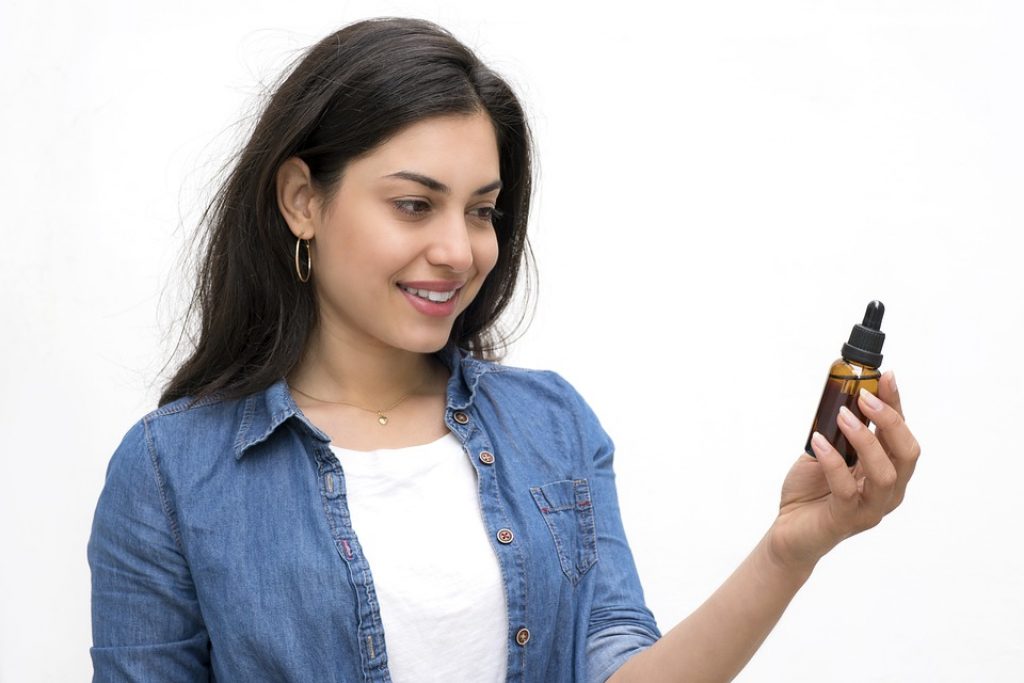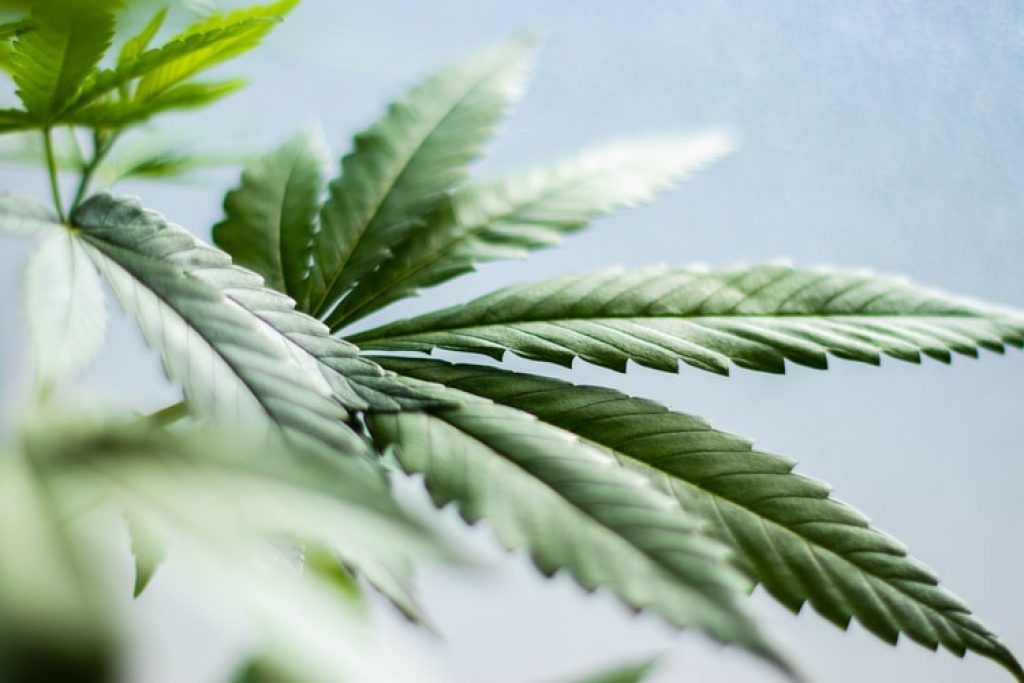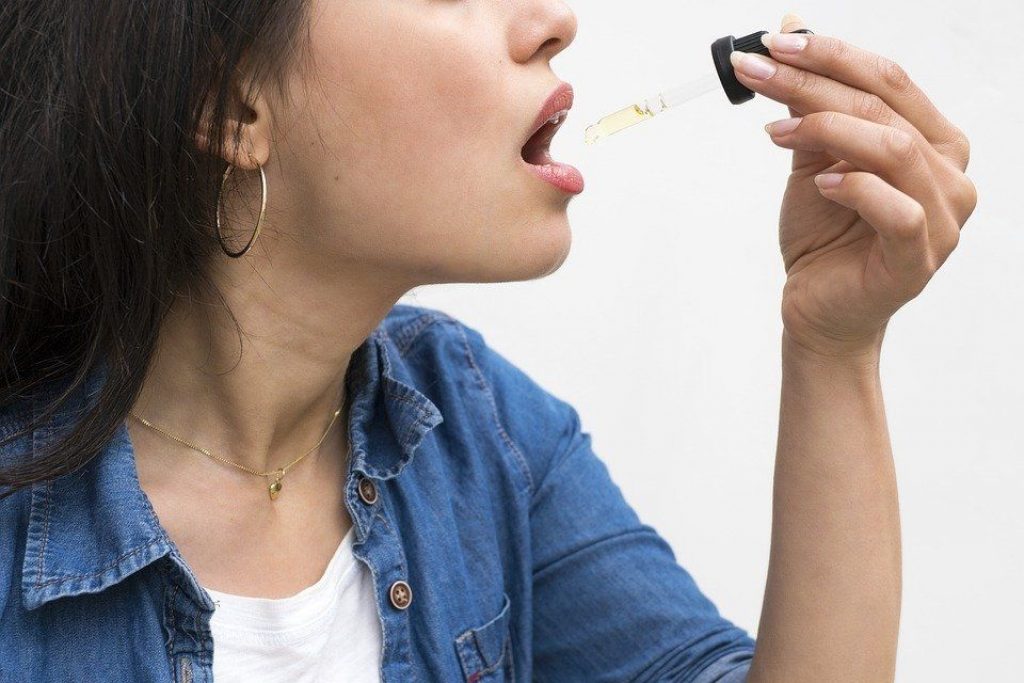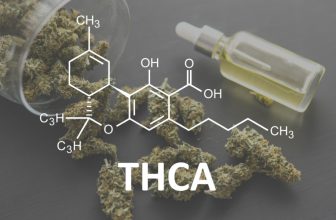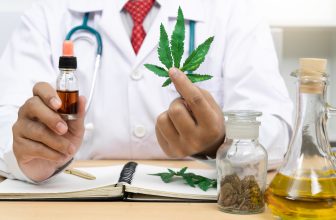A CBD Oil Tincture Guide
How familiar are you with CBD tinctures? These extracts are blended with carrier oils to improve the bioavailability of cannabidiol and enhance the taste of products. The most commonly chosen carrier oils include coconut, vanilla, avocado, olive, grapeseed, and peppermint oil.
These tinctures are extracted in multiple ways so as to provide different types of oils. Individuals can use them in various ways as long as they choose the correct serving size. Dosage generally depends on the body weight and ailments of users.
The guide below will introduce you to the production methods, types, methods of use, and dosage of CBD tinctures.
How are they made?
CBD tinctures are produced via two techniques known as ethanol extraction and CO2 extraction. The former technique involves the use of alcohol for separating the cannabinoids from the other extracts of the plant. The ethanol extraction process is conducted in multiple steps, starting with initial mixing.
The initial step requires manufacturers to mix the plant materials with either ethanol or isopropyl in a tank. Once the extraction is complete, the plant material that remains is strained out. In order to produce high-quality tinctures, manufacturers mix the concentrate with a carrier oil, such as coconut oil. Although the ethanol extraction process is more cost-effective, it takes much longer than the other extraction processes.
In contrast, the latter method is also considered safe and efficient in the manufacturing of CBD tinctures. Make sure you view this page to learn about the importance of using lab-tested, non-GMO CBD products containing no additives. The CO2 extraction process relies on controlled pressure and temperature to extract the plant material without affecting the integrity of the terpenes in the plant.
Types
CBD tinctures are available in several types, such as full-spectrum, broad-spectrum, and isolate products. Full-spectrum oils consist of all cannabinoids, terpenes, and flavonoids in the hemp plant, not just cannabidiol. Since full-spectrum tinctures contain all the material from the plant, it’s no wonder these products are the least processed. There’s no reason to be worried about the presence of THC in the plant, as hemp has no more than 0.3 percent of tetrahydrocannabinol.
Broad-spectrum CBD tinctures are virtually identical when compared to the full-spectrum variant. Nevertheless, there’s one important difference between these types of oils, referring to the presence of THC. While broad-spectrum tinctures contain the same components as the full-spectrum ones, the former lack THC. Individuals sensitive to even the lowest levels of THC are advised to use the broad-spectrum variant.
Individuals looking for the purest form of cannabidiol should try the isolate form. It contains no terpenes, flavonoids, and cannabinoids, only CBD. Isolates are among the most processed products, as all plant materials must be filtered out. Anyhow, these products are the least potent because of the absence of the entourage effect.
How to use tinctures?
CBD tinctures are incredibly potent, which means users should be precautious when starting to use them. Beginners are advised to ingest the solution at least an hour before hitting the sack in order to acclimatize to its effects. Given the high absorption rate of these products, users are recommended to consume them after having a meal.
Due to its high potency, CBD tinctures should be taken in small doses. Therefore, the largest number of products come with a dropper to make the process of measurement easier for users. The most popular ingestion method is undeniably the sublingual one, requiring users to put a couple of drops under their tongues. The multitude of blood vessels under the tongue enables cannabidiol to reach the bloodstream without entering the digestive system.
Moreover, the oil must be held between ten and sixty seconds before being swallowed. The sublingual method provides an instant effect, which makes it excellent for pain relief. Conversely, by swallowing the liquid, the largest part will travel through the digestive tract before getting absorbed into the bloodstream.
Additionally, CBD tinctures can be added to beverages and edibles. For instance, you can add several drops into your morning smoothie, coffee, water, or tea. Also, many people use cannabidiol as an accompanying ingredient in salads and desserts. Even though some individuals use this oil when cooking, high heat has the potential to minimize its potency.
These products can also be rubbed on the skin of users in specific areas that require treatment. This use is popular in individuals dealing with joint pain, arthritis, muscle spasms, skin problems, etc. Many women have a habit of using these products topically for keeping their skin young and healthy.
Dosage
In terms of dosage, there is no universal serving of CBD tinctures. The size of the serving depends on various factors. For instance, when calculating the serving size, users should consider their body weight, sensitivity to cannabidiol, the potency of the product, and the severity of their medical condition. In any case, the starting dose should be anywhere between 2.5 and 5 milligrams.
The dropper should be marked in increments of 0.5 and 1 milliliters. Although the side effects of consuming cannabidiol are virtually non-existent, starting low with the dosage is suggested to each user. Some of the potential adverse effects include dry mouth, diarrhea, and dizziness.
To sum up
Make sure you select the right type of oil and does it correctly. You’ll experience the benefits much sooner than expected!

